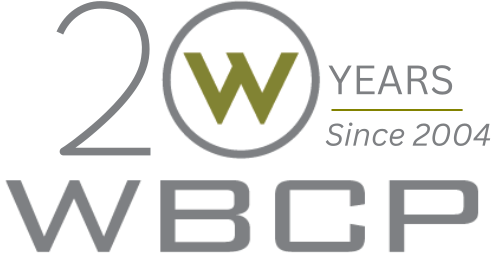There are many essential details that make a resume stand out. As recruiters, we often see vital information missed when we are screening candidates for positions – and it is our mission to help candidates avoid mistakes for a seamless recruitment.
Let’s cover one of the most frequently missed pieces of information on a resume: employment dates.
What Are Employment Dates on a Resume?
Employment dates on a resume are a way you can show recruiters how long you worked at one employer. We often see resumes without any employment dates. But even the years of employment don’t tell us the full story, which we need to make an informed decision during the recruitment process. Recruiting teams also need to see the months in which you worked for an organization.
Why Are Employment Dates on a Resume Important?
Employment dates on a resume are important because they offer essential context into when you worked at your organization and how long you had to glean the skills transferrable to your next job. They help recruiting teams decide how qualified you are and what additional training you might need if you are selected for the position.
Public sector (government) jobs frequently have requirements or legal protocols guiding the minimum requirements for recruiting. Leaving out the months of your employment means that when it comes to public sector hiring, your resume and application are incomplete.
For example, if you simply list the years 2023-2024, that could mean that you worked at an organization for a month or an entire year. This makes a crucial difference in how prepared you are for the next stage of your career.
Similarly, if you list the years 2016-2021 but the minimum requirement is five years in that field, recruiters have a difficult time determining if you are qualified for the role for which you are applying. During the screening process, having staff call candidates for clarification on their employment dates creates more work and prolongs the recruitment’s progress. Communicating the longevity and scope of your previous work experience is one of the easiest ways to qualify yourself to move forward in a recruitment.
How to List Employment Dates on a Resume
To properly list your employment dates, list the year and month of your employment, with both start and end dates. Here is a successful example:
Title, Organization, Location, Month/Year
Chief of Police, City of Los Angeles County, CA. (01/2016-12/2023)
Don’t forget to include employment dates on your resume – and check our blog for more recruitment tips!
View our current recruitments on our Job Board, and be sure to Subscribe for Notifications to hear about positions relevant to your experience.

